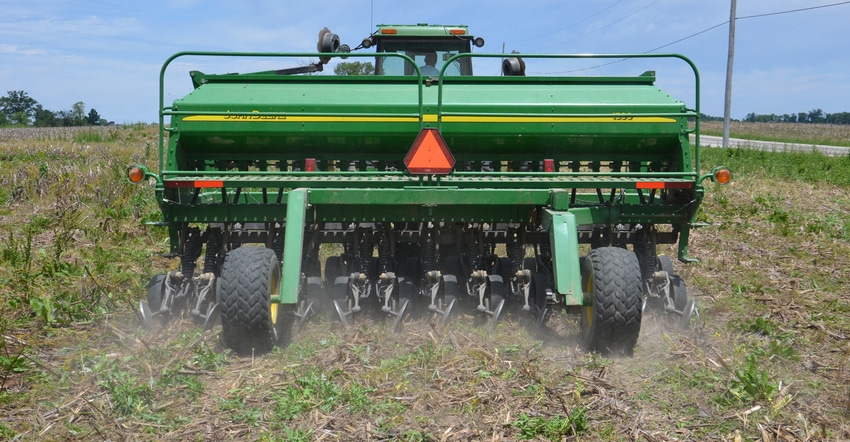August 1, 2019

An eight-year employee left us just before planting. We pay a competitive wage, $13 per hour, but his wife was pressuring him to get a job with steady hours. What kind of wage, benefits and fringe benefits package can we offer so we don’t have to retrain someone again soon?
The Profit Planners panel answering this question includes David Erickson, farmer, Altona, Ill.; Mark Evans, Purdue University Extension, Putnam County, Ind.; Jim Luzar, landowner and retired Extension educator, Greencastle, Ind.; and Steve Myers, farm manager, Busey Ag Resources, LeRoy, Ill.
Erickson: Your question is difficult to answer with specific numbers because I don’t know your local wage market or available labor force. You need to be competitive for your local market and find a way to differentiate yourself from other employers. While long hours at certain times of the year may be a negative, perhaps more flexibility on hours at off-peak times is a good trade-off. If you don’t provide benefits such as health care, then you may need to offer more for wages. Interview people who fit the job, and work with them to determine a competitive compensation package.
Evans: There are no silver bullets. Perhaps $13 per hour isn’t extremely competitive when distribution centers here pay more than $16 per hour and struggle to find people. Relationships with people, families, teachers and community leaders are so important to making connections to prospects. Frankly, in this day and time, you are one lucky person to keep a person for eight years!
Maybe focus on potential early retirees willing to drive equipment for extra cash and split up responsibilities so it spreads the risk of a single person leaving. Finding youth from FFA or local 4-H programs has its challenges, but still, when developing relationships with teachers or educators, there are opportunities.
Consider keeping someone three or more years as a more sustainable goal. Be open to seeking help in how you approach prospective candidates and treat employees. Employees like having adequate knowledge of how to do tasks and feedback to know both when they do well and when they make mistakes.
Luzar: Farm businesses aren’t immune to the tight labor market. Farms situated in communities with ample nonfarm job opportunities face the reality that competition for good help is driving up wages. An informal survey of what other employers pay in your community is a first step.
Benefits can add over 25% to wage cost. To retain a competent staff member could require you to raise wages and offer some fringe benefits. Retention will be a function of how competitive the farm is as an employer and how you manage labor. Creating a job description, determining supervision of staff and evaluating effort are key in creating a sustainable relationship with the employee.
Myers: Perhaps start with your former employee by simply asking why he left. How could you have made his experience better? On wages and benefits, ask your accountant, neighbors with similar help or even placement services, as these will be the folks who you will be competing with for talent. In today’s tight job market, you’ll need to make your position not only initially attractive, but also show some type of future.
You May Also Like




